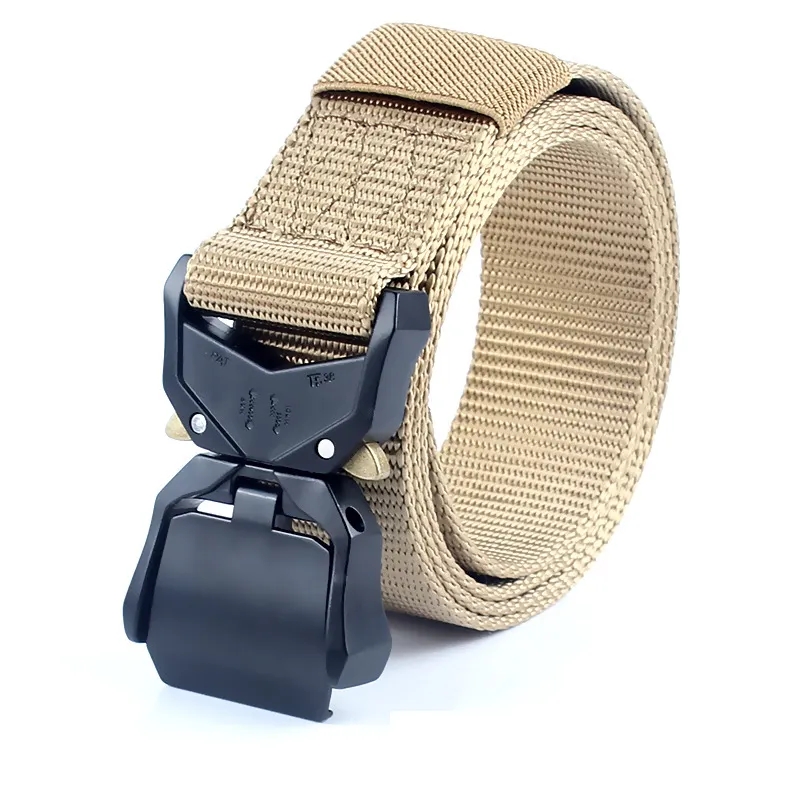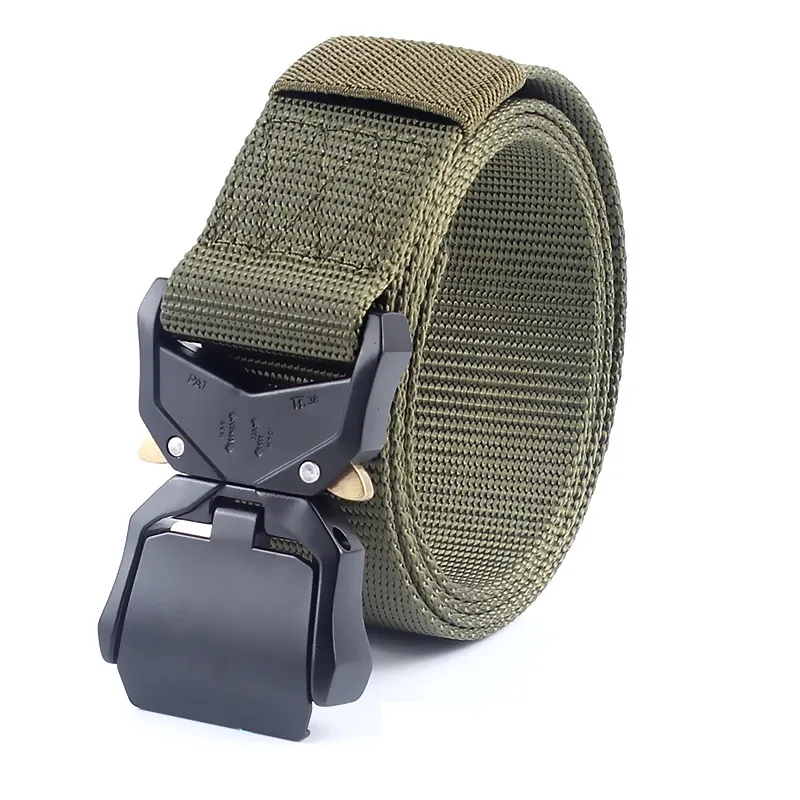In the world of tactical gear, a reliable and well-designed belt is often the unsung hero of an operator’s ensemble. Tactical belts, designed to offer functionality and durability, have evolved into a stylish and indispensable accessory in both the military and civilian worlds. In this comprehensive guide, we’ll explore the world of tactical belts, from their construction and materials to the myriad styles available, providing expert insights on how to make them an essential part of your gear collection.
The Anatomy of Tactical Belts
Tactical belts are a distinct category of belts designed to cater to the unique needs of those in demanding professions. They are typically wider and more robust than regular belts, providing ample support for carrying various gear and accessories. These belts are meticulously engineered for heavy-duty use and are distinguished by their sturdiness.
Materials and Durability
Tactical belts are designed to withstand rigorous use, and the choice of materials plays a pivotal role in their durability:
Nylon Tactical Belts: Nylon, known for its strength, abrasion resistance, and quick-drying properties, is the material of choice for many tactical belts. It’s perfect for outdoor and military applications, ensuring your belt remains steadfast in the most challenging conditions.
Polyester Tactical Belts: Polyester tactical belts offer excellent durability and colorfastness. They are a versatile option that combines style and strength, making them suitable for various occasions, from everyday wear to outdoor adventures.
Scuba Webbing Belts: Scuba webbing is a type of nylon webbing that is incredibly sturdy and resistant to stretching. It’s favored for its robustness and ability to carry heavy gear.
Styles and Versatility
Tactical belts come in various styles and designs, catering to different preferences and needs:
Duty Belts: Duty belts are commonly used by law enforcement and security professionals. They are wider and have extra reinforcement for carrying holsters, radios, and other essential gear.
Riggers Belts: Riggers belts, originally designed for parachute rigging, are highly adjustable and feature a quick-release buckle. They are popular among outdoor enthusiasts and emergency response teams.
EDC Belts (Everyday Carry): EDC belts are designed for those who need to carry essentials daily. They are narrower than duty belts but still offer excellent support for holsters, knives, and tools.
Cobra Belts: Cobra belts are named after their distinctive cobra buckle, which provides quick and secure fastening. They are favored for their ease of use and durability.
Styling with Tactical Belts
Tactical belts aren’t just functional; they are also versatile and can be integrated into your everyday fashion:
Casual Utility: Pair a tactical belt with cargo pants and a rugged shirt for a utilitarian, outdoorsy look that’s both stylish and practical.
Everyday Carry: Use an EDC tactical belt to support your holster and carry your essentials comfortably, making it an essential part of your daily wear.
Outdoor Adventures: Whether you’re hiking, camping, or engaging in other outdoor activities, a tactical belt can help carry your gear and tools securely.
Range and Shooting: Tactical belts are a must-have for shooting sports, providing support for holsters and magazine pouches.
Conclusion: Tactical Belts – The Perfect Blend of Functionality and Style
Tactical belts are more than just functional accessories; they are a fashion statement that embodies both style and strength. Whether you’re a professional in need of dependable gear support or a civilian looking to add a touch of tactical style to your outfit, tactical belts offer a versatile and reliable choice. Explore the array of materials, styles, and versatility they offer, and embrace the fusion of functionality and fashion that tactical belts bring to your wardrobe. With the right tactical belt, you can elevate your fashion game while ensuring practicality in your everyday life.



